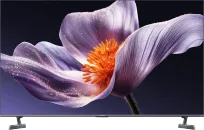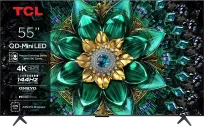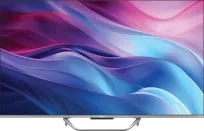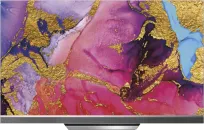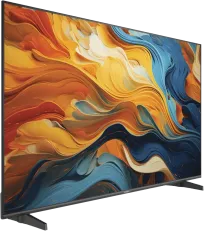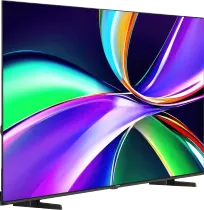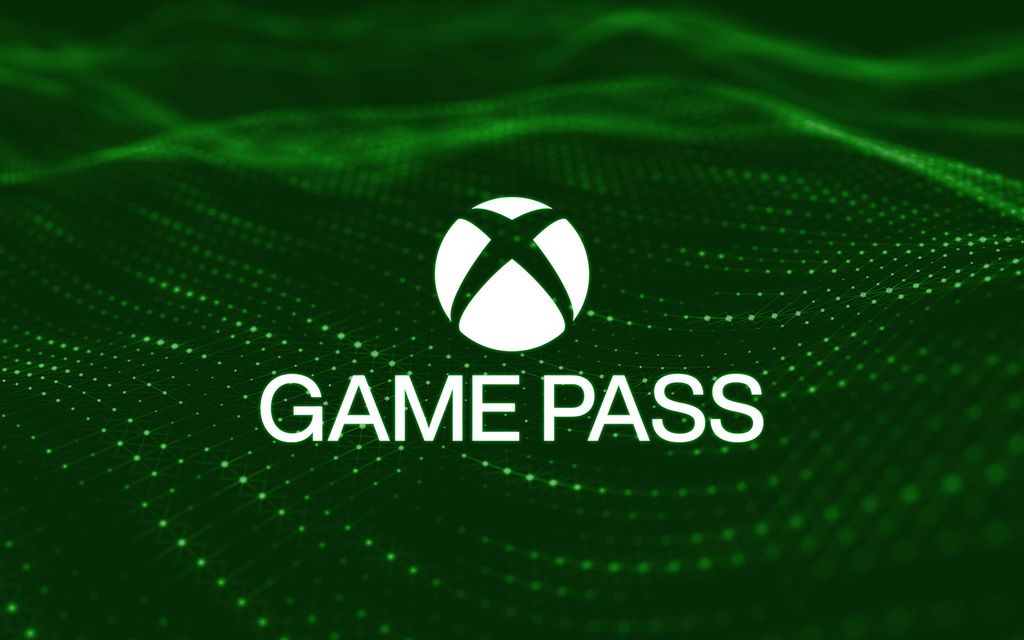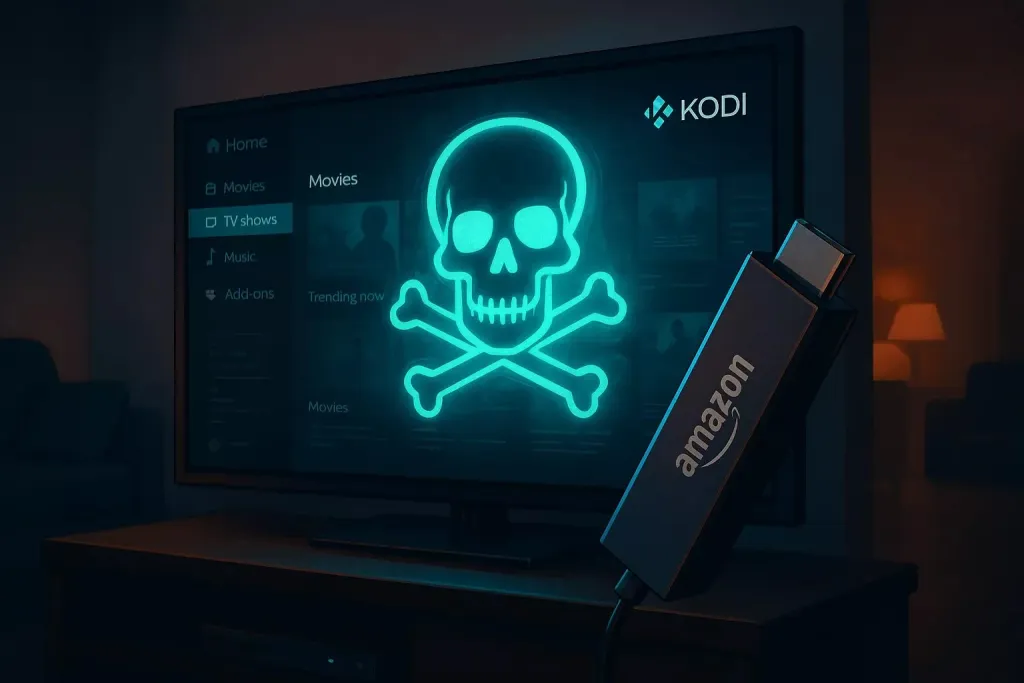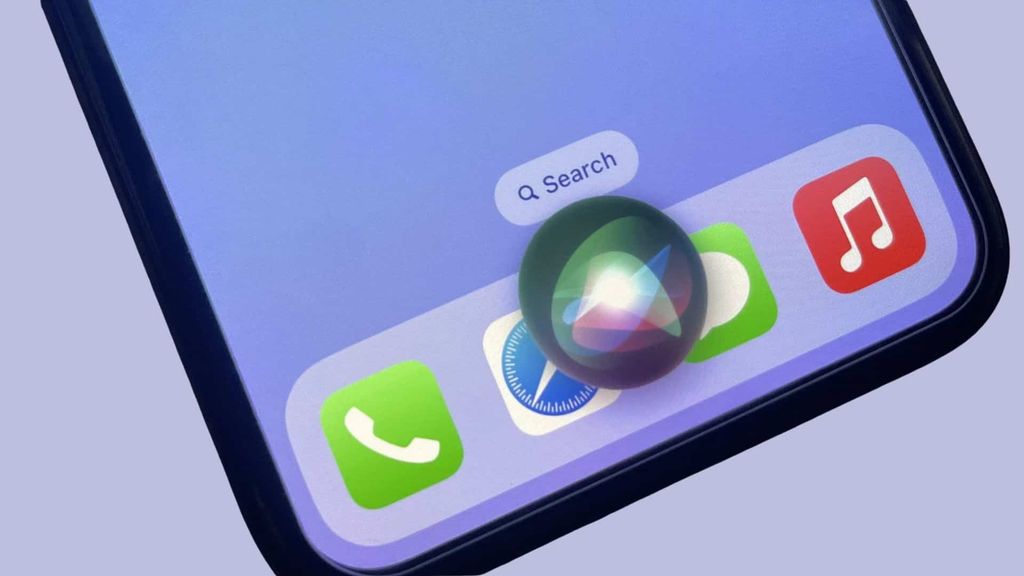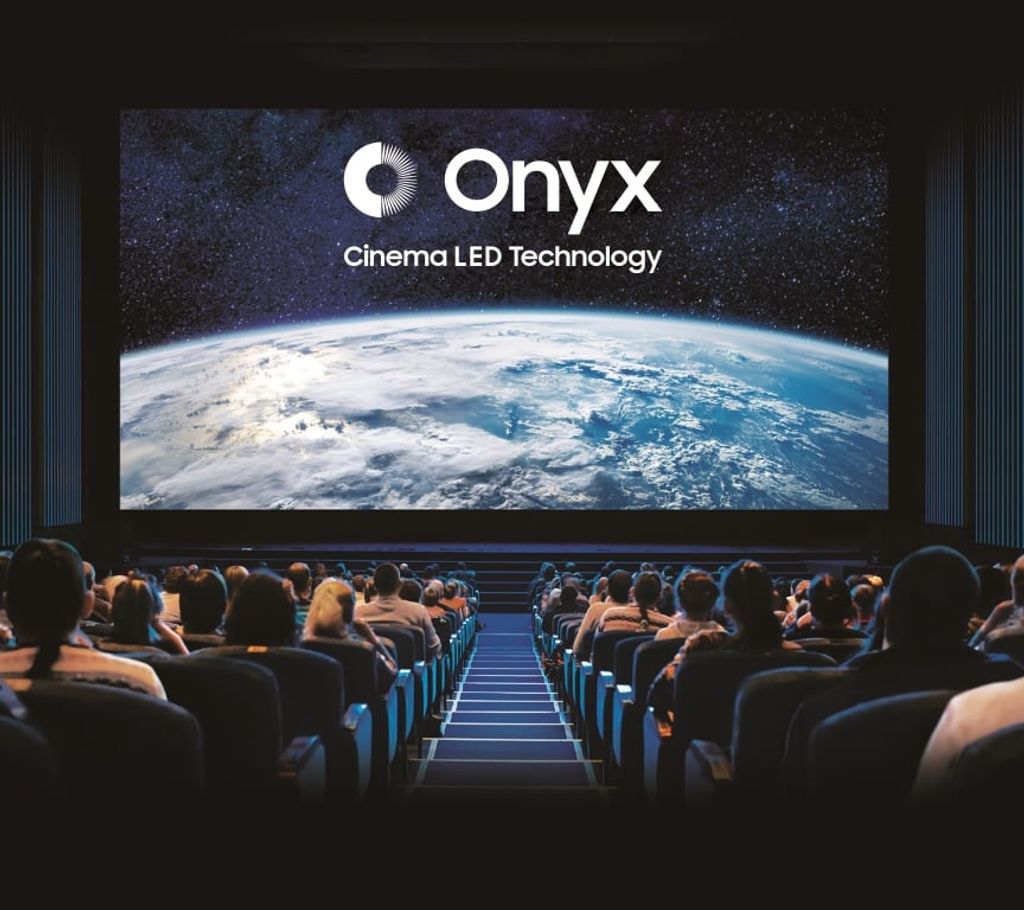
After the announcement at the CES 2025 exhibition, the HDMI 2.2 specification has been officially published. This means that consumer electronics manufacturers can begin planning and implementing the new standard.
HDMI 2.2 doubles the bandwidth of HDMI 2.1 – from 48 to 96 Gb/s – enabling support for higher resolutions and refresh rates in televisions, media players, gaming consoles, VR headsets, and more.
Compatibility and new Ultra96 cables
HDMI 2.2 is fully backward compatible, but the increased bandwidth requires a new "Ultra96" cable, also announced at CES 2025. The official specification launch occurred as planned – in the first half of 2025. The first certified Ultra96 cables are set to hit the market in the second half of 2025. Cables supporting HDMI 2.1 (48 Gb/s) will still be labelled as "Ultra High Speed".
“The HDMI Forum proudly announces the release of the HDMI 2.2 specification, enabling even higher performance and exciting, immersive solutions and products,” – said Chandlee Harrell, president of the HDMI Forum.
When will HDMI 2.2 devices be available?
Full deployment will take a bit of time – HDMI 2.1 took over two years – however this time it could be quicker, as HDMI 2.2 is based on the same FRL (Fixed Rate Link) signalling system.
HDMI 2.2 in TVs by 2027? Likely. In 2026? Possible. PlayStation 6 and the new Xbox? Good lead.
HDMI 2.2 also introduces a new audio-video synchronisation protocol – Latency Indication Protocol (LIP), which improves sound and picture synchronisation. It still supports all the features of HDMI 2.1, such as VRR, QMS, ALLM, eARC etc.
Note to consumers: HDMI 2.2 is not always 96 Gb/s
HDMI 2.2 officially replaces HDMI 2.1b. However – similar to HDMI 2.1 – manufacturers may label their devices as HDMI 2.2 even if they only support one of its features. Therefore, it’s worth checking carefully what HDMI 2.2 features are actually available on the given equipment.
The label "Ultra96" may appear on both the cable and next to the HDMI port. But beware – the label on the port does not guarantee support for the full 96 Gb/s.
"Ultra96 is the name of a feature that manufacturers can use to indicate that the product supports a maximum of 64, 80, or 96 Gb/s bandwidth – in accordance with HDMI 2.2” explained the HDMI Forum.
Support for 4K, 8K, 12K – and even 16K
HDMI 2.2 continues the flexible approach to video modes. Some combinations of resolution and refresh rates will be standard for TVs and monitors, while others will remain exclusive to PCs.
The HDMI 2.2 specification includes, among other things:
4K 240Hz and 8K 60Hz uncompressed
Support for DSC 1.2a compression, allowing, among other things:
4K 480Hz
8K 240Hz
16K 60Hz
To take advantage of modes with compression, both the player (or PC) and the TV/monitor must support HDMI 2.2 and DSC 1.2a. Support for DSC is optional – manufacturers are not required to implement it.
While these formats sound futuristic, monitors supporting 4K 480Hz and 8K 120Hz could appear sooner than we think. Thanks to VRR, the GPU does not need to render the game at a full 480 frames to benefit from higher refresh rates.
The HDMI Forum noted that bandwidth requirements for gaming and VR/AR double every 2-3 years.
The new HDMI standard will compete with DisplayPort 2.1, which offers up to 80 Gb/s of bandwidth.
Source: flatpanelshd
 Katarzyna Petru
Katarzyna Petru
